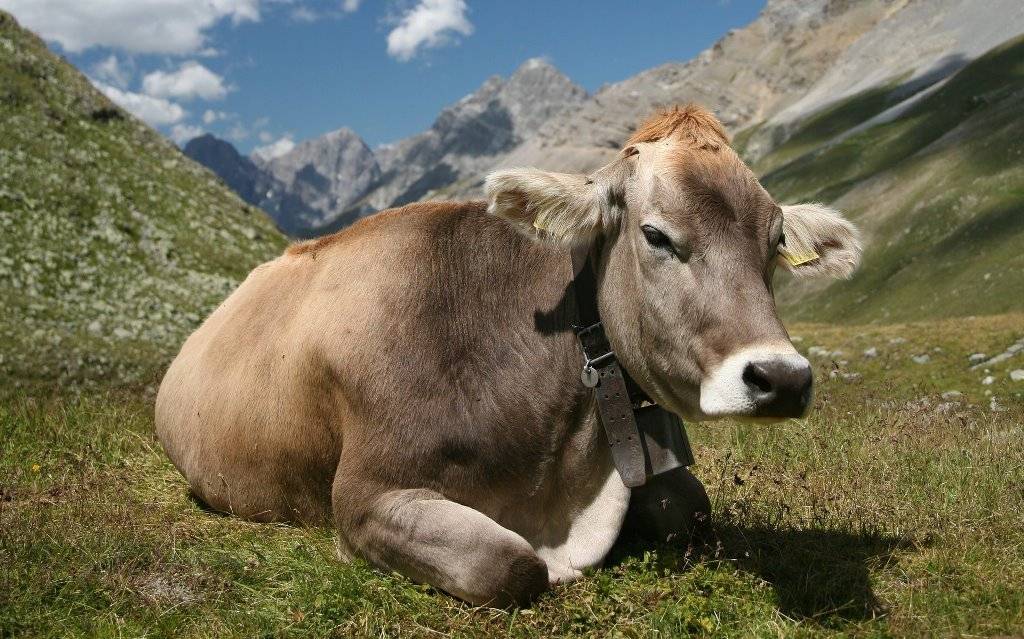
Proper care and management of cattle are very important during the winter season. Let’s know about it from a Beef expert at the University of Nebraska-Lincoln, Mary Drewnoski. Mary is a proponent of using distiller grains to feed cattle cows more cheaply during the winter months. Here are her ten suggestions about feeding cows economically.
Know the nutritional requirement of a cow: To understand the difference between mid-gestation and late-gestation. Drewnoski says – “In mid-gestation, the calf is not growing much, so the needs are considerably less. Then they pick up in late gestation. And, lots of people miss the higher nutritional needs of early education. Don’t fudge then if you want cows to rebreed.”
Test you hay: “Not all brome hay is the same. You can guess as it is feeding value, but why guess? Spend the $20 to get it tested at a lab. Extension offices can tell you how to do it and they even have hay probes you can borrow for collecting samples” – she says.
Choose well when you buy hay: ‘Feed Cost Cow-Q-Lator’ – an online tool in Nebraska. You can enter numbers for the hay you are considering, and it will give you the best value hay. “If you price it based on its crude protein and total digestible nutrients (TDN), you ensure you’re getting the best deal. Frankly, this is one area where people waste a lot of money.”
Grazing cornstalks is enough: One of the best ways to reduce winter feed costs. In spring-calving cows, mid-gestation comes when corn stalks are usually available. Drewnoski says – “We did the research here in Nebraska for five years. Cows that got supplemental feed while they were grazing corn stalks and cows that didn’t get supplements performed the same for calving performance and rebreeding. They may need supplemental vitamins and minerals, but they can get all the protein and TDN they need.” She added – “When cows graze, they selectively eat leaves and husks, the best parts of corn residue. Baled stalks don’t give them that choice.”
Baled stalks make good combo feed: A mixed ration of baled corn residue and distillers’ grains can make a very good cow ration. Limit-feeding is often a low-cost option. “Distillers’ fed with low-quality forage like corn stalks is so cost-effective because distillers’ is often a low-cost source of both energy and protein” – she says.
Graze according to corn yield: Higher the yield, the more carrying capacity of stalks. “200-bushel corn will provide twice as much grazing as 100-bushel corn” – says Drewnoski and adds that – “When cows are grazing a stalk field; she keeps an eye on the corn husks. It's time to relocate after they've left. Counting corn cobs isn't necessary. In any case, most cows dislike them.
Feed less in confinement: You may be even more careful with their feed if your cows spend the winter in small areas. “We often find that confined cows need less feed than we calculated. We suspect that their inactivity in confinement further reduces their energy needs and we fail to take that into account.”
Ammoniate corn residue bales: If you ammoniate maize stalks with anhydrous ammonia after harvest for cow feed, you may greatly increase the protein and TDN content. Cover the stalk bales with a tarp and inject the gas into the bales to penetrate them. Drewnoski claims that with this approach, ammoniated maize stalks are roughly equivalent to excellent grade grass hay. TDN can be increased to 55 percent and crude protein to 9 percent. Drewnoski says – “It costs about $25 per ton to ammoniate corn stalk bales. Interestingly, cow seems to like ammoniated corn cobs.”
Feed-in a bunk, waste less: “Bunk feeding always makes sense if you can do it” – she says. Up to 40% of the ground waste was given to cows as dried distillers' grains. In a bunk, though, around 5% of the excrement is normally discarded.
Find you're a competitive edge: She notes that the most profitable farms in practically all cow-calf business records comparisons are those with the lowest costs per cow. “Ask yourself, ‘where are my competitive advantages?’ Then, make your system fit your resources. And don’t be afraid to try something new or different.”












